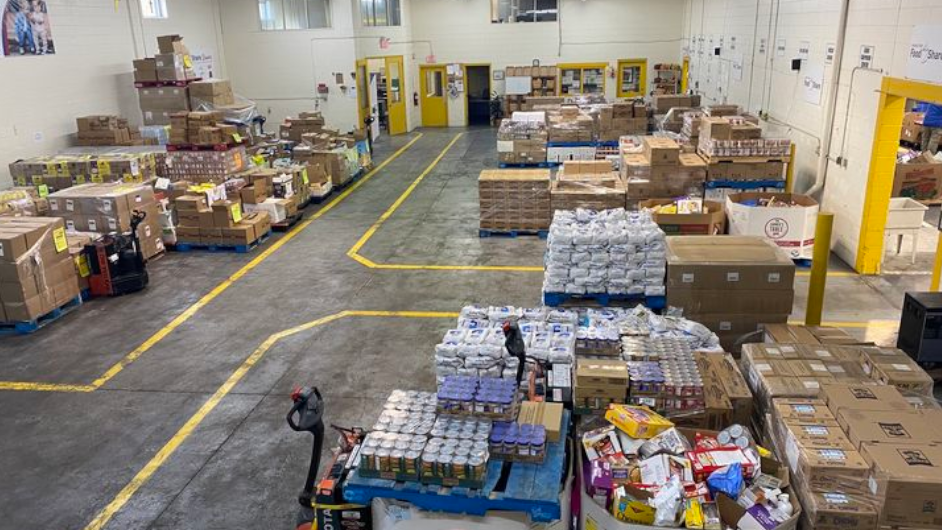The CEO of Hamilton Food Share says answers to the question ‘what if there were no food banks’ were ‘staggering’ following a joint study with McMaster University that revealed almost half of users would likely become homeless.

The research based on findings from a shelter-to-income ratio calculation of over 5,000 low-income households accessing food banks in Hamilton discovered only four per cent of food bank users actually have secure housing in the city.
Using Food Share data, focus group input, and survey of emergency food bank users, the probe also showed about 46 per cent of those attending the support would probably be homeless without it.
The Canada Mortgage and Housing Corporation considers a home affordable if it costs less than 30 per cent of a households total income. Food Share estimates about 96 per cent of its users pay more than 30 per cent of income on housing.
Close to 38 per cent are paying over 60 per cent, according to the organization’s data.
“A single person just on welfare alone, they make about $800. They’re already $1,200 below the poverty line,” Santucci explained.
“If you are below that line, you are going to be struggling with your basic necessities. Can you imagine starting out single and the already $1,200 down?”

Get breaking National news
About 62 per cent of the city’s food bank users are registered with Ontario Works (OW) and/or Ontario Disability Support Program (ODSP) and the study suggests some 2,500 households are in a situation that could result in homelessness.
“The stories of lived experiences from over 700 food bank service users described those daily challenges as experiencing a constant emotional storm of worry and uncertainty that goes on for months, and for many households, it’s been decades with little hope of relief,” said Olive Wahoush from the School of Nursing at McMaster and Author of the report.
An estimated 12,500 unique people visit one of 11 Hamilton-based food banks at least once a year, while 58 per cent of those visit once a month and 31 per cent two to three times in 2022.
The data submitted the COVID-19 pandemic and rising inflation rates have aggravated lifestyles for those at risk.
Santucci says the deployment of CERB during the pandemic “stemmed the tide” of those using city food banks due to the standard claim totalling around $2,000, an increase of income for many over close to two years.
“That was one of the things that actually allowed us to keep continuing,” she said.
“If we had to take on all of that as well, I’m not sure the food bank could have weathered it.”
Of the 23 city programs food share provides product for, like food banks and hot meal programs, Santucci says about 53,000 people have accessed the system in the last six months.
The CEO says results of the study will now spark “hard conversations” around next steps and how to deal with an ongoing depletion of resources and inflation which has put prices up on staples like cereal (up 23 per cent) and dairy (up an estimated 44 per cent.)
Our biggest cost centres are gas, transportation and food, the biggest offenders on the high price hike index,” Santucci said.
“Normal Hamiltonians are grappling with high inflation, can you imagine if you already live below the poverty line what your anxiety must feel like every day?”















Comments